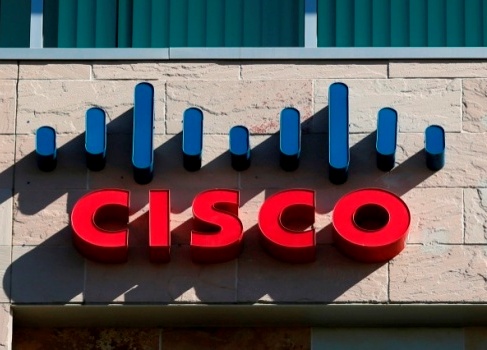Cisco on Wednesday announced new Application Centric Infrastructure (ACI) data center switching targeting enterprise CIOs.
With ACI, Cisco is delivering to customers the first data center and cloud solution to offer full visibility and integrated management of both physical and virtual networked IT resources, all built around the needs of applications.
Cisco CEO John Chambers said the consistent and high performance of applications is vital to CIOs’ ability to deliver new products and services, manage compliance and governance, mitigate risk and security threats, empower employees, and drive productivity into their organizations.
ACI unifies physical and virtual networks and offering security, compliance and real-time visibility at the system, tenant, and application levels at unprecedented scale. Cisco ACI data center switching allow the network to rapidly respond to application development teams, while delivering up to 75 percent total cost of ownership savings compared to merchant silicon-based switches and software-only network virtualization solutions.
The 100 Gbps ready Nexus 9000 Series switches that run under a new optimized version of NX-OS and can support up to 1.92 Tbps of bandwidth capacity per slot. The 8-slot Nexus 9508 is available now, and other switches in the family will follow.
The Application Policy Infrastructure Controller (APIC) supports a common policy framework that Cisco will extend to bring compute, storage, and network infrastructure under a common pane of glass for management and control.
APIC uses a common application network profile similar to the service profile in Cisco’s UCS that will allow applications to be placed where they need to be instead of being tied to an IP address. APIC and the optimized NX-OS will be available in April 2014.
“Ovum notes that while the 9000 Series switches can operate standalone, the features provided by the APIC controller require Cisco hardware. While this may raise the hackles of those who believe future networks should be based on generic hardware platforms, this approach is unlikely to match the performance capabilities of ACI,” said David Krozier, principal analyst, Network Infrastructure, Telecoms, Ovum.
ACI is comprised of the Application Policy Infrastructure Controller (APIC), the Nexus 9000 portfolio, and enhanced versions of the NX-OS operating system. The Nexus 9000 family, running optimized NX-OS, enables zero-touch operations across high performance data center networks, and can save customers millions of dollars in capital and operating expenses.
The new Nexus 9000 is the foundation building block for the Cisco ACI solution, enabling a smooth transition from optimized NX-OS to the ACI-mode of NX-OS with a software upgrade and the addition of APIC.
Using merchant silicon and custom ASICs, this portfolio delivers best price performance and non-blocking port density for 1/10G to 10/40G and in the future 100G transitions in existing and next generation data centers.
Based on industry standards, Cisco ACI enables IT to meet business demands for new applications, rapid scale to existing ones, and the ability to redeploy IT resources when applications that are no longer required. ACI accelerates application deployment cycles to drive faster business processes and improve bottom line results.
It delivers up to 75 percent total cost of ownership savings versus software only-network virtualization, leveraging existing cabling investments, and delivering the most efficient modular data center switch via an innovative backplane free design reducing power and cooling costs by 15 percent.
In addition, it delivers security and application policy at line rate 10/40 and in the future 100G. 60 Tbps of switching capacity, 3X faster multicast performance and 1/3 the latency at 3X the traffic load of any other Data Center modular switch tested, 20 percent greater non-blocking port density — 576 40G line rate ports with 50 percent+ reduction in ASICs per module compared to merchant silicon only competitors. Unprecedented scale including 1M endpoints, 55K+ 10G ports, 64K+ tenants. Built in dynamic load balancing and prioritization removes network bottlenecks and can enhance application completion time from 30 – 90 percent.
It is the industry’s first backplane free design for a modular data center switch providing future proofing for 100G and beyond and improving by 15 percent power and cooling efficiency, 40G Bidi Optics eases the transition to 40G with zero fiber costs, atomic counters for system level telemetry, and built in line rate directory service supporting 1M endpoints.

